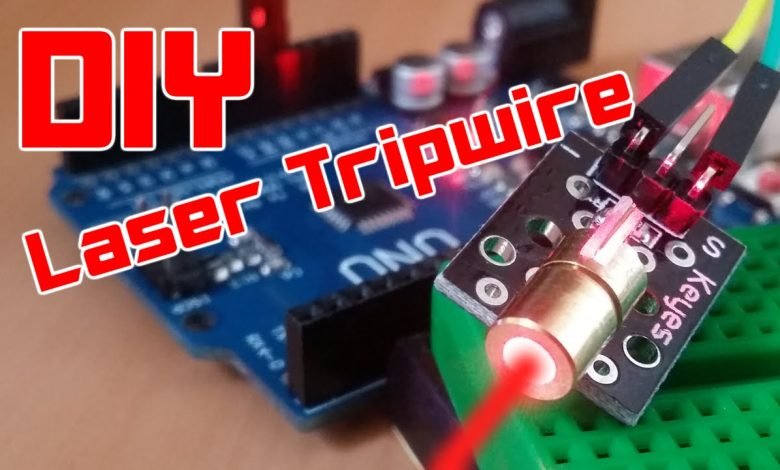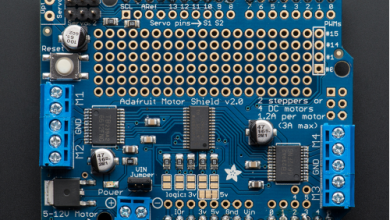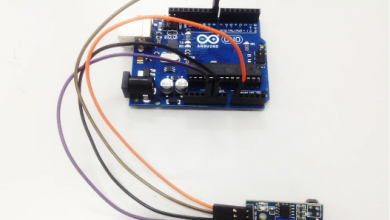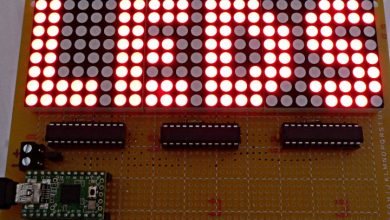Laser Sensor Arduino

Introduction to Laser Sensor Arduino Technology
In the realm of technological advancements, the combination of laser sensors and Arduino microcontrollers marks a significant milestone. This integration paves the way for a multitude of applications ranging from distance measurement to high-precision object detection. By harnessing the power of Arduino’s open-source platform and the precision of laser sensors, developers and enthusiasts alike can create solutions that are both innovative and accessible.
Understanding the Basics of Laser Sensors
A laser sensor operates by emitting a laser beam towards an object and then calculating the time it takes for the light to reflect back to the sensor. This method, known as Time of Flight (ToF), is critical in determining distances with remarkable accuracy. Laser sensors are renowned for their precision, reliability, and speed, making them ideal for a wide range of applications.
Exploring Arduino’s Versatility
Arduino, a cornerstone in the maker community, is celebrated for its simplicity and flexibility. These microcontrollers are not only user-friendly but also highly adaptable, catering to both beginners and seasoned professionals. The Arduino platform supports a multitude of sensors and modules, enabling endless possibilities for customization and experimentation.
Integration of Laser Sensors with Arduino
Combining laser sensors with Arduino microcontrollers unleashes a new realm of possibilities. This synergy allows for the development of advanced projects like automated measuring systems, robotic vision, and even security applications. The process involves connecting the laser sensor to the Arduino board and programming it to interpret the sensor data effectively.
Step-by-Step Guide to Setting Up a Laser Sensor with Arduino
- Connecting the Hardware: Begin by connecting the laser sensor to the Arduino board using jumper wires. Ensure proper alignment of the power, ground, and signal connections.
- Programming the Arduino: Utilize the Arduino IDE to program the board. The code should be written to read the data from the laser sensor and convert it into a usable format.
- Calibration and Testing: After programming, calibrate the sensor for accuracy. Conduct various tests to ensure the system is functioning correctly.
Real-World Applications of Laser Sensor Arduino Systems
The fusion of laser sensors and Arduino has led to groundbreaking applications in numerous fields:
- Robotics: Enhancing navigational capabilities and object detection in robots.
- Industrial Automation: Streamlining processes with precise distance measurements.
- Environmental Monitoring: Detecting changes in landscapes or water levels.
- Security Systems: Implementing laser-based intrusion detection systems.
Advantages of Using Laser Sensor Arduino Systems
- Accuracy and Precision: Laser sensors provide highly accurate measurements, essential for critical applications.
- Customizability: Arduino’s open-source nature allows for extensive customization to meet specific project needs.
- Cost-Effectiveness: The affordability of Arduino boards makes this technology accessible to a wide audience.
- Community Support: A robust community of Arduino users offers a wealth of knowledge and support.
Future Trends in Laser Sensor Arduino Technology
The future of laser sensor Arduino technology is bright, with potential advancements including:
- Miniaturization: Making the systems more compact and portable.
- Enhanced Data Processing: Improving the speed and efficiency of data analysis.
- Integration with AI: Incorporating artificial intelligence for smarter data interpretation and decision-making.
- Expanded Range of Applications: Exploring new uses in different industries.
Conclusion: Embracing the Potential of Laser Sensor Arduino
The combination of laser sensors and Arduino represents a significant leap in technology, offering unparalleled precision, versatility, and accessibility. Whether it’s for a hobbyist project or a professional application, this technology continues to push the boundaries of innovation.
Further Resources and Learning
For those interested in delving deeper into the world of Arduino and laser sensors, numerous online resources, forums, and tutorials are available. These platforms provide valuable insights, project ideas, and troubleshooting tips for enthusiasts of all levels.



